In the first post of the “Food Diaries” series, we remember our 2019 trip to the Bolivian Highlands.
Why talk about food?
Food is our connection with nature, it is the cause and consequence of our action on the landscape. In recent years our food has been produced in a monocultural way and agriculture has become a great paradox. Agroforestry brings this reconnection and its practice can result in sustainable interaction between human communities and the environment. But it all starts with the food!
the quinoa
The food from the first post in this series you may have heard of and even tried. In recent years it has gained more prominence in Brazil and in the world, being best known for its seeds, which are very rich in essential amino acids, in addition to being highly nutritious compared to cereals such as wheat, corn, rice and oats. We are talking about the Quinoa special (Chenopodium quinoa).
We at PRETATERRA tread the shallow and sandy soils of the Bolivian Highlands, where the culture is native. We have seen how quinoa plants have adapted to the rustic climate, where, despite the high altitude, rainfall levels are minimal. If it weren't for the great thermal amplitude between days and nights, we could even relate to the arid aspect as in some regions of Brazil, specifically in some parts of the Northeast. This plant is resistant, tolerant and efficient in the use of water, with an extraordinary adaptability to its environment. An example of one of its notable features is its leaves, which have a high water storage capacity.
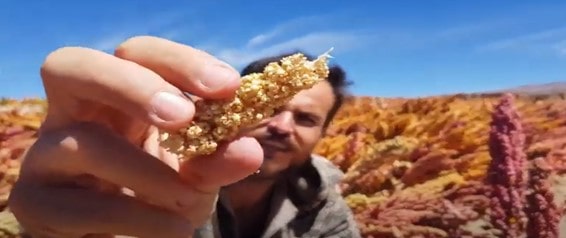
How were the plantations in Bolivia?
Quinoa plantations in the Andean highlands did not have a homogeneous harvest, because the plants themselves were in different stages of development. In addition, we saw that the soil was degraded, with a very low rate of decomposition.
To improve the area where the plants were, some of the solutions would be to let the natural pasture return and only then plant the quinoa between rows, interspersing it with native vegetation. Thus, soil recycling would occur, as it would grow above the other species and gradually, after some harvests, with this greater diversification in the area, soil fertility rates would increase. In addition, another important factor would be to adopt a rotated pasture for greater effectiveness.
A biodiverse system will always bring more benefits to the land, where the result of this process can often be appreciated and tasted at the table. If you are interested in knowing more about growing a specific food, send us a message, it could be the subject of our next post.
Learn more about this trip we took to Bolivia and get to know this quinoa plantation here.
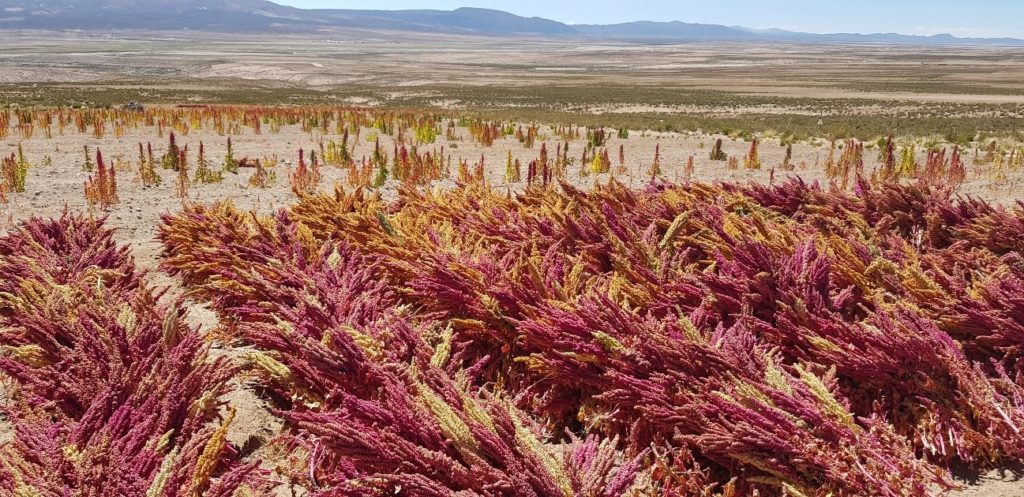
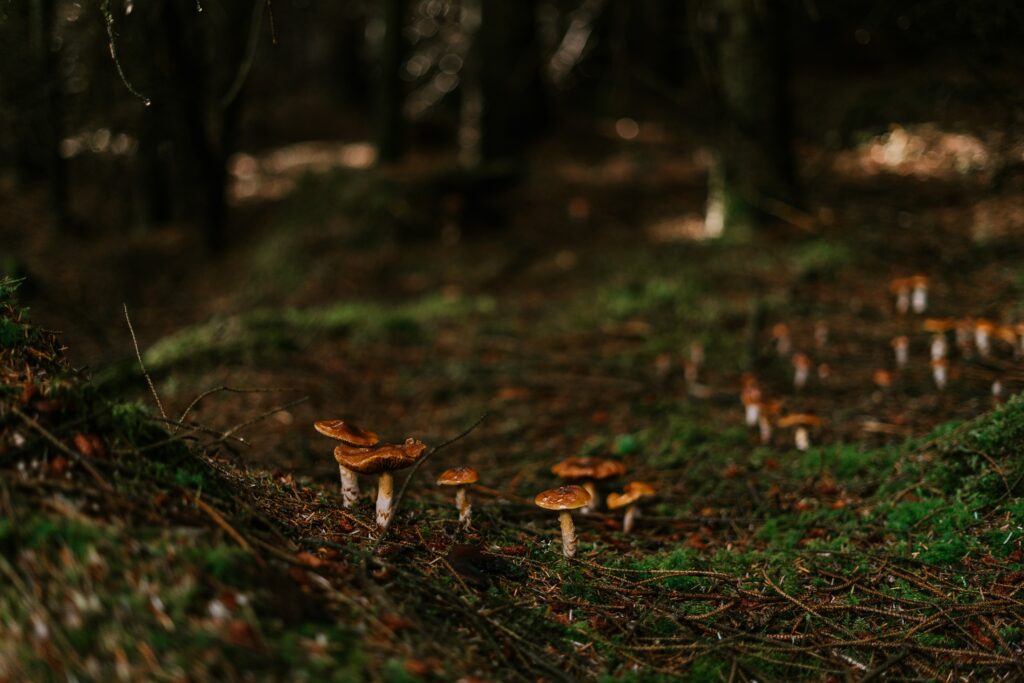
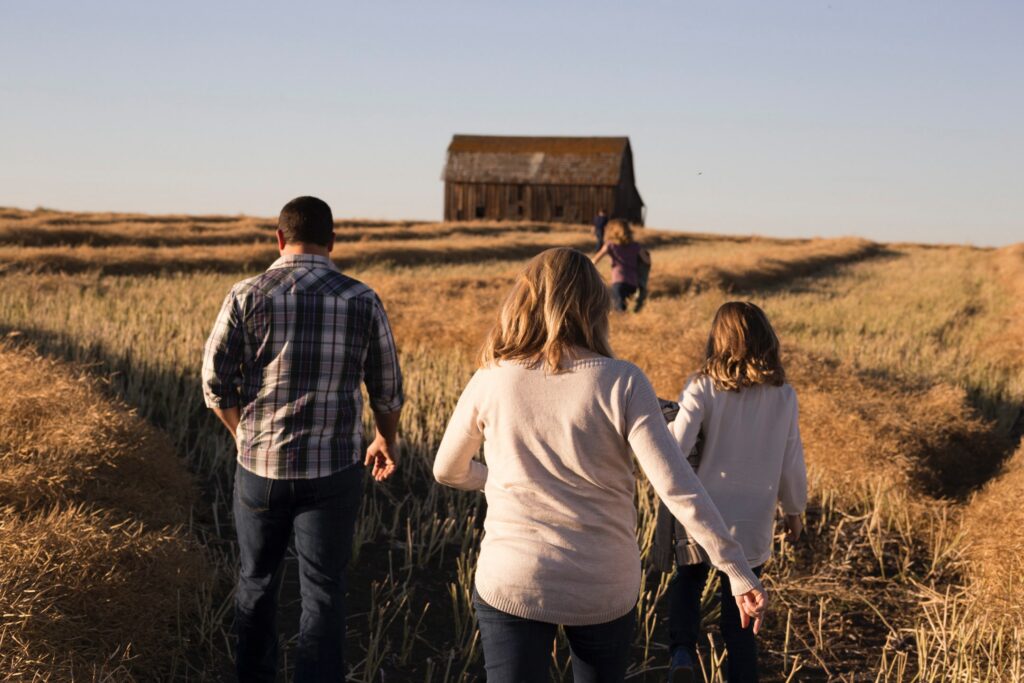
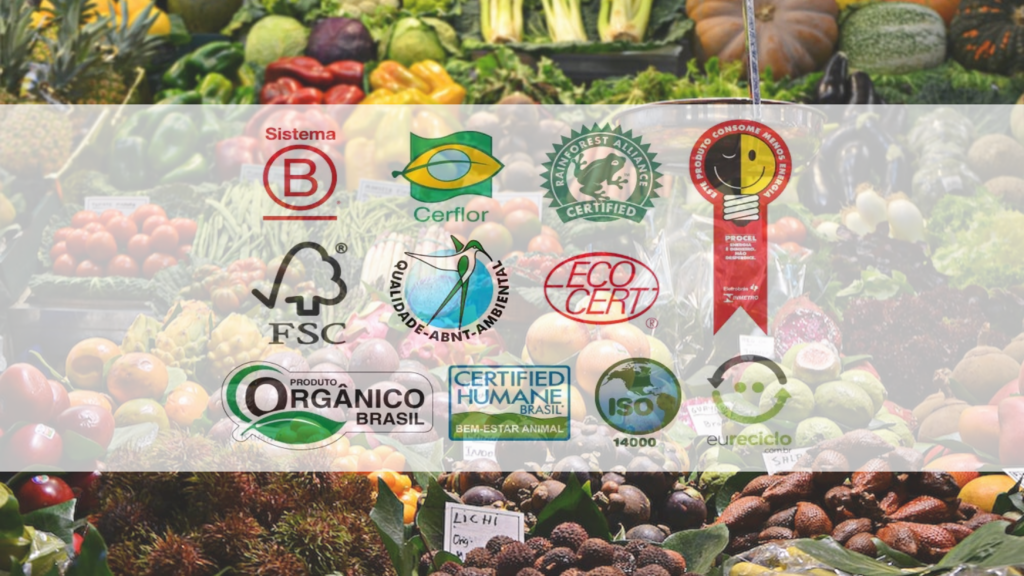
 agroforestry taken seriously
agroforestry taken seriously 